Tick On Dog? How To Remove it?
14.03.2019.
Ticks are something dog owners hate, and nobody wants to find one attached to their dog. They are nasty and they don’t really care what species they attach to. They can infect dogs, cats, sheep, hogs, and even humans. Many ticks also produce a sticky, gluelike substance that helps them to remain attached.
Ticks can spread several diseases that can affect both pets and people. Some of the worst diseases they spread are:
- Lyme disease
- Ehrlichia
- Rocky Mountain Spotted Fever
- Tularemia
- Anaplasmosis
- Babesia
You must take preventative measures to protect your dog as well as yourself.
What is a tick?
Tick is a nasty eight-legged parasite that feeds on blood. There are several types of it, and some are pretty dangerous because they can transmit diseases we mentioned earlier.
They are pretty tiny, but when they attach themselves to their victim, they can swell up to the size of a pea.
Tick is not the only parasite that can attack our beloved fur friends. Some nasty internal parasites could potentially harm our dogs, so we need to know basic things about them. Check out this article - Giardia In Dogs.
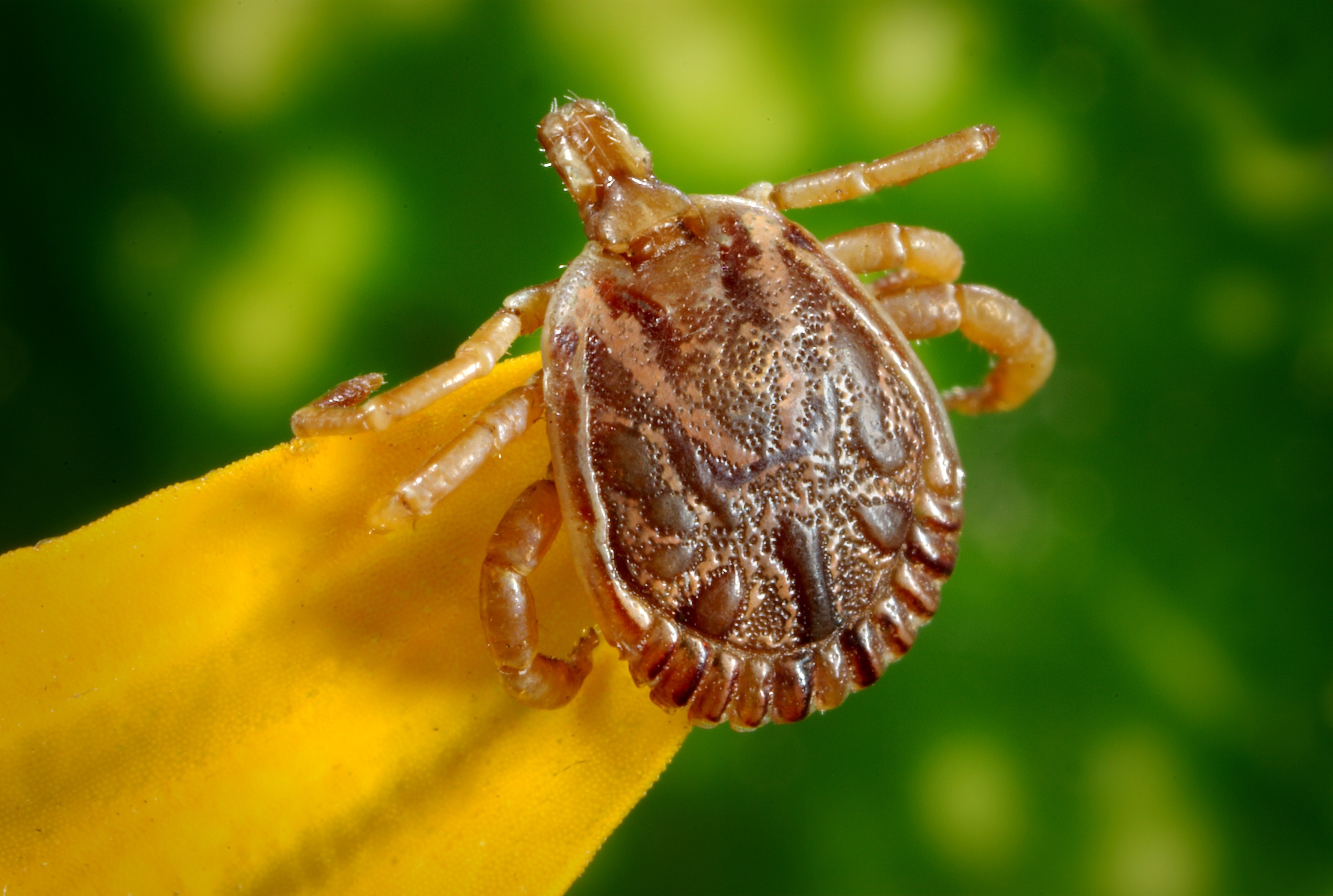
Tick season
Tick season is a term that refers to the part of the year when the possibility of a bite is at its highest. However, the term can be a bit misleading. Ticks love warmer climates, and that is where they predominantly live. If you live in a moderate climate, tick season is usually during the summer and fall.
However, if you live in a warmer climate, the risk of a bite is pretty high year-round. They can remain active throughout the year, and if there are no low temperatures, that will kill them or make them go into a state of lower activity. Here is something that can help you with the probability of tick bites.
- If you live in an area with average temperatures that rarely go over 40 degrees, there is little to no risk of bites.
- If you live in an area where the temperature is between 40 and 64 degrees, there is a medium danger of bites.
- If you live in an area where temperatures are, on average, over 64 degrees, there is a high risk of bites.
Precautions
All tick-borne diseases are dangerous, and for some, it takes months for the first symptoms to show, so make sure that if you only suspect that your dog might be infected, thoroughly check your dog’s body.
While examining your dog, pay special attention to places ticks love to attach themselves to. The most common places you can find ticks attached to dogs are:
- Between toes
- Inside the groin area
- Under the front legs
- In and around ears
- On the eyelids
- Under the collar
Ticks love warm, dark places where there are less fur and a lot of moisture. Remember – never postpone taking your dog to the vet.
As for preventative measures, you can use tick collars, shampoos, sprays, oral medications... all these can help either repel dog ticks or kill them if they attach themselves to your dog.
But keep in mind that the effect of these products usually lasts for about 30 days, so you need to treat your dog with these monthly because even one missed dose of monthly tick control can put your dog at greater risk of contracting a tick-borne disease.
Symptoms
Some of the symptoms that your dog has been bitten by a tick are;
- Mild or high-grade fever
- Weakness
- Loss of appetite
- Shivering
- Panting
Also, if you catch your dog excessively licking or biting some part of its body and/or you find scabs on your dog’s body, examine it for ticks.
If your dog starts shaking their head constantly, there may be a tick burrowed in their ear canal. If you feel a bump on your dog while petting them, you should immediately take a closer look at that part of your dog’s body. If that bump is, in fact, a tick sucking on your dog’s blood, you should act quickly and immediately remove it.
Rapid removal lessens the risk of diseases!
There is another repulsive parasite that can infect your dog, and it is called coccidia. You can read more about it here - Coccidia In Dogs - All You Need To Know.
Removing the tick
If you spot a tick on your dog, don’t panic. The bite itself is pretty harmless, and most of them are not carrying any deadly diseases. However, as a dog owner, you should know how to safely remove it and help your dog get rid of this nasty little parasite. You will safely remove it if you follow these five steps.
1. For removal, you should use tweezers; Never try to remove a tick with your fingers. When removing it, you should place the tweezers as close to the tick’s hooked head and pull upwards, adding pressure until the tick lets you pull it away from the skin.
2. Don't squish it because when their body is pressed, they force infected bodily fluids through their mouth, which can increase the risk of infection for your dog. Also, don't try to kill the tick with substances like nail polish or vaseline because those can make them suffocate. Then it will reflexively vomit into your dog, which also increases the risk of getting an infection.
3. After removing the tick, clean the bite area, wash your hands, and make sure that you kill it (it is best to flush it down the toilet).
4. Your dog was probably irritated with the bite and the process of removal, so make sure you give them plenty of treats after you finished the removing process.
5. Your dog is still not out of the woods. Keep checking the bite area for any signs of infections, redness, or scabbing. If you don’t notice anything different, the danger is probably gone.
There is one disease all dog owners and breeders fear, and it is called parvo. You can read more about it here - Parvo In Dogs.
Tips for ticks
TIP: If you suspect that your dog may have contracted tick disease, save the tick you removed in alcohol and take it for testing.
TIP: If you have a long-haired or double-coated dog, use a hairdryer to check for ticks. As you move the dryer over your dog, the hairs will part, and you will be able to see the skin and see whether there are any ticks on your dog’s body.
World Dog Finder team

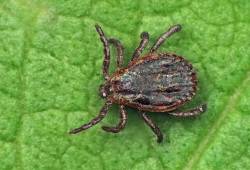
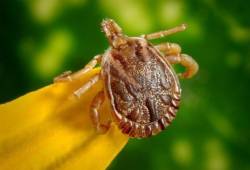
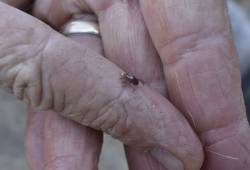


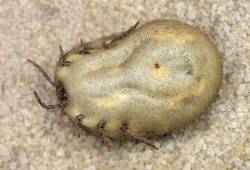
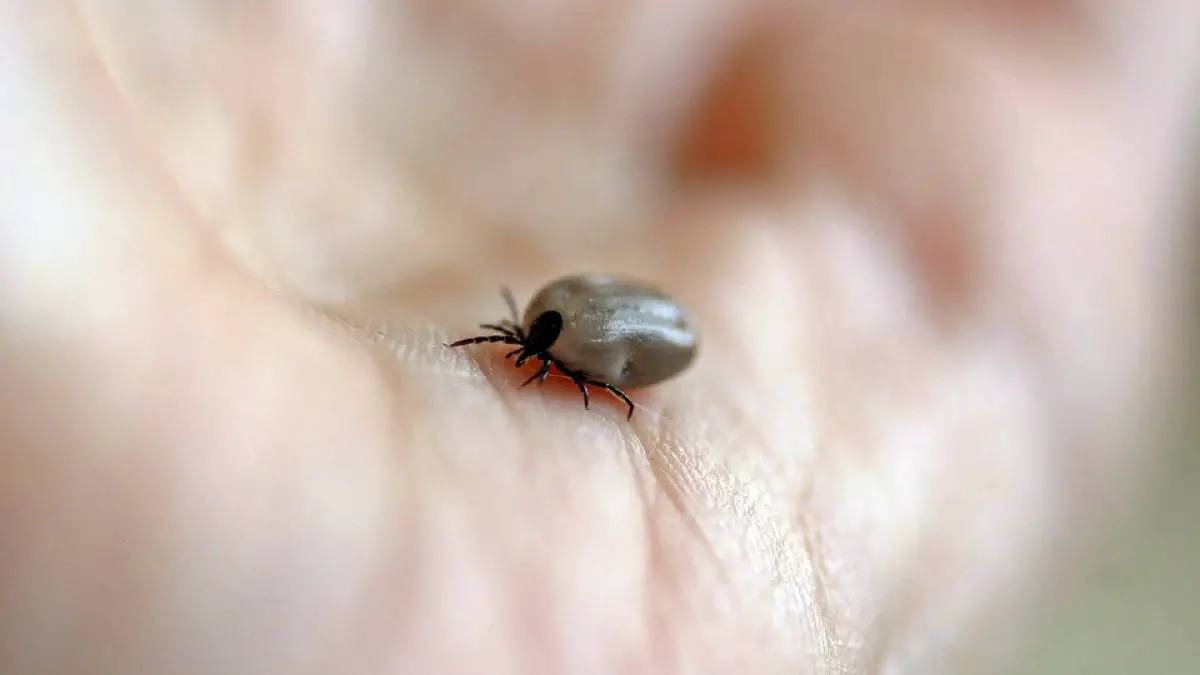











Share